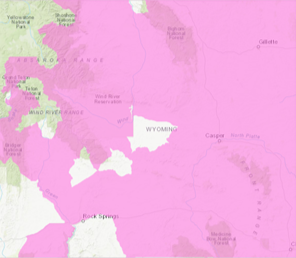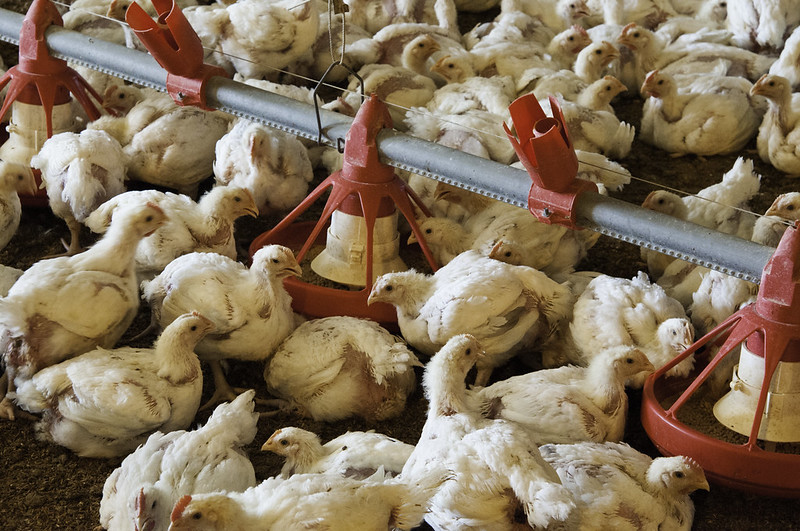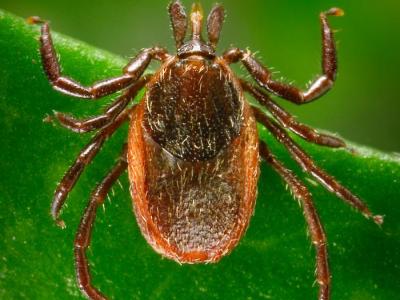A new study from Canadian researchers shows the Modified Vaccinia Ankara – Bavarian Nordic vaccine (MVA-BN), a smallpox vaccine that provides protection against other orthopoxviruses, was safe when used among people in Toronto and Vancouver at high risk for contracting mpox.
The study was published yesterday in Vaccine.
In June of 2022 amidst a global mpox outbreak, Canada launched a publicly funded vaccination campaign to offer MVA-BN to at-risk populations, including men who have sex with men and sex workers. Adverse and safety outcomes were monitored in this prospective study among participants who received a survey 7 and 30 days after each MVA-BN dose.
No myocarditis recorded
In total, 1,173 vaccinated participants completed a 7-day survey, and 75% of those participants also completed a 30-day survey. The surveys were completed from September 15, 2022, through April 14, 2023.
The most common adverse event was mild to moderate injection-site pain, which was reported by 60% of vaccinated participants. No hospitalizations were reported among vaccine recipients, but 40 participants (3.4%) said adverse events following vaccination limited their ability to participate in work or school.
No cases of severe neurological disease, skin disease, or myocarditis were identified.
"No cases of severe neurological disease, skin disease, or myocarditis were identified," the authors wrote. "MVA-BN was well tolerated overall, with few reported symptoms of sufficient severity to interfere with daily activities or require medical assessment."
The study adds to a growing body of literature that suggests second-generation smallpox vaccines are safe and rarely cause significant side effects.















